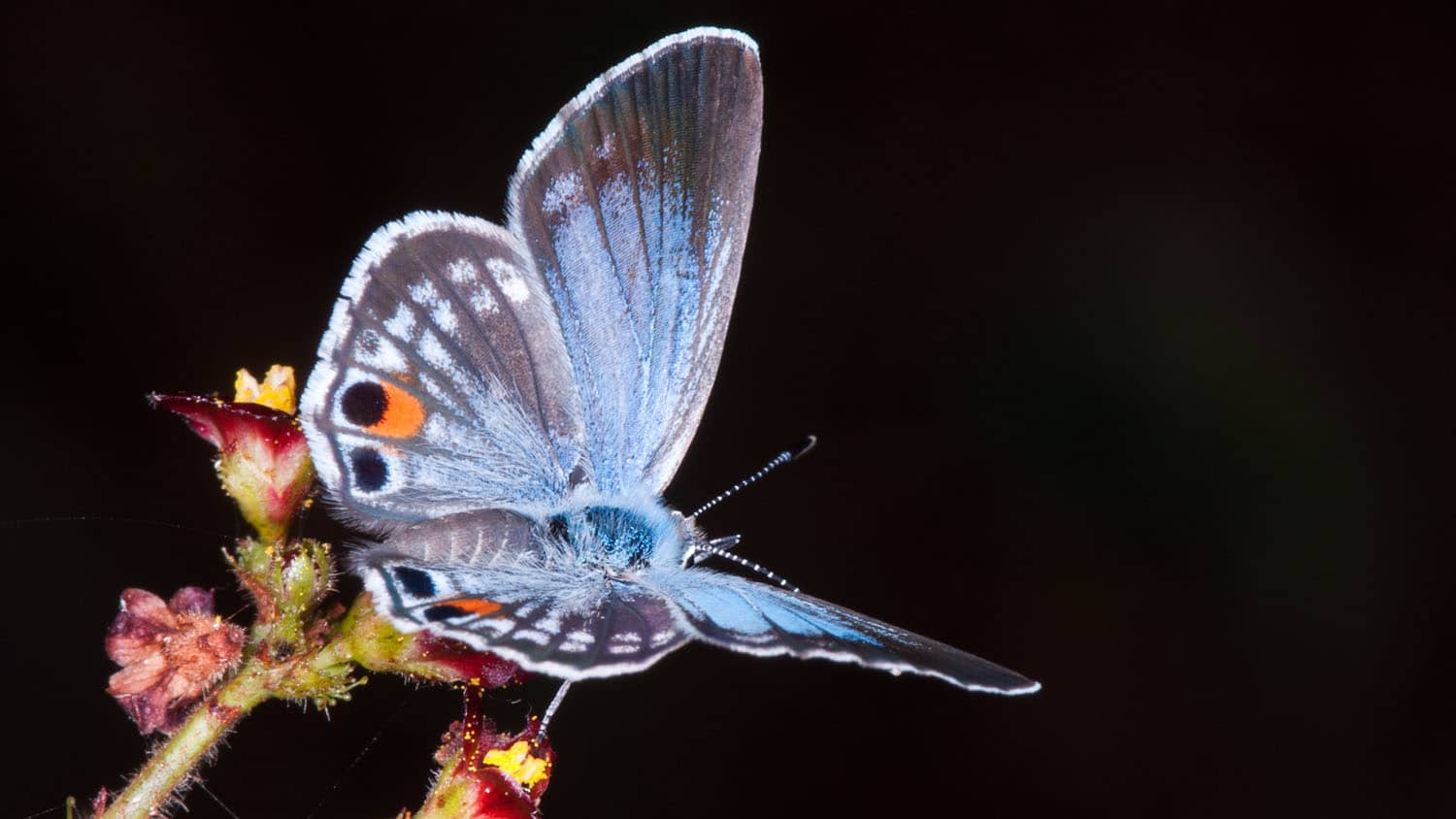Clear Your Desk. It’s Time For a Pop Quiz on NC State Research

In this quiz, you can test your knowledge on some of the latest scientific findings from North Carolina State University.
These questions are drawn from two studies that deal with issues related to climate change. The first study looks at emissions from dead trees in so-called ghost forests, which are coastal forests killed off by sea-level rise, and the second focuses on rainfall and an endangered butterfly.
Who farted?
As a visual sign of climate change, ghost forests are expected to become more common along the coast in the Southeast due to rising sea levels. In a previous study, researchers from NC State found that dead trees known as snags are important to calculating greenhouse gas emissions from ghost forests, and ignoring them could discount some of the emissions generated in a transitioning forest.
In their recent study, the researchers wanted to delve deeper into the source of methane, a potent greenhouse gas, attributed to the dead snags. In other words, NC State researchers were asking an age-old question of: Who farted?
Where did the methane gas come from?
 Credit: Justine Neville, NC State.
Credit: Justine Neville, NC State.
Researchers found that the methane gas is generated by microbes in the soils below the snags. However, they also saw that the trees act like filtering straws as the gas rises through the wood. Microbes in the wood further chemically alter and consume the gas as it rises.
Will rainfall delays impact a Florida butterfly?
Like many tropical insect species, the lifecycle of Miami blue butterfly, a federally-listed endangered species living only in a pocket of southern Florida, includes a state called “diapause.” This is when larvae suspend their development during dry conditions.
In a recent study, researchers wanted to know how shifting rainfall patterns due to climate change will impact the development of the Miami blue butterfly.
What happened to the butterfly populations when rainfall was delayed?
 Photo credit: Mark Yokoyama. Shared under a Creative Commons license (CC BY-NC-ND 2.0).
Photo credit: Mark Yokoyama. Shared under a Creative Commons license (CC BY-NC-ND 2.0).
In some places, like southern Florida, it’s uncertain how rainfall patterns will shift with climate change. To account for this, the researchers simulated future conditions using 20 different climate models to test how Miami blue populations would respond. In most of those tests, butterfly populations declined when rainfall was delayed and the diapause duration increased, even when all other environmental conditions did not change.
- Categories:


